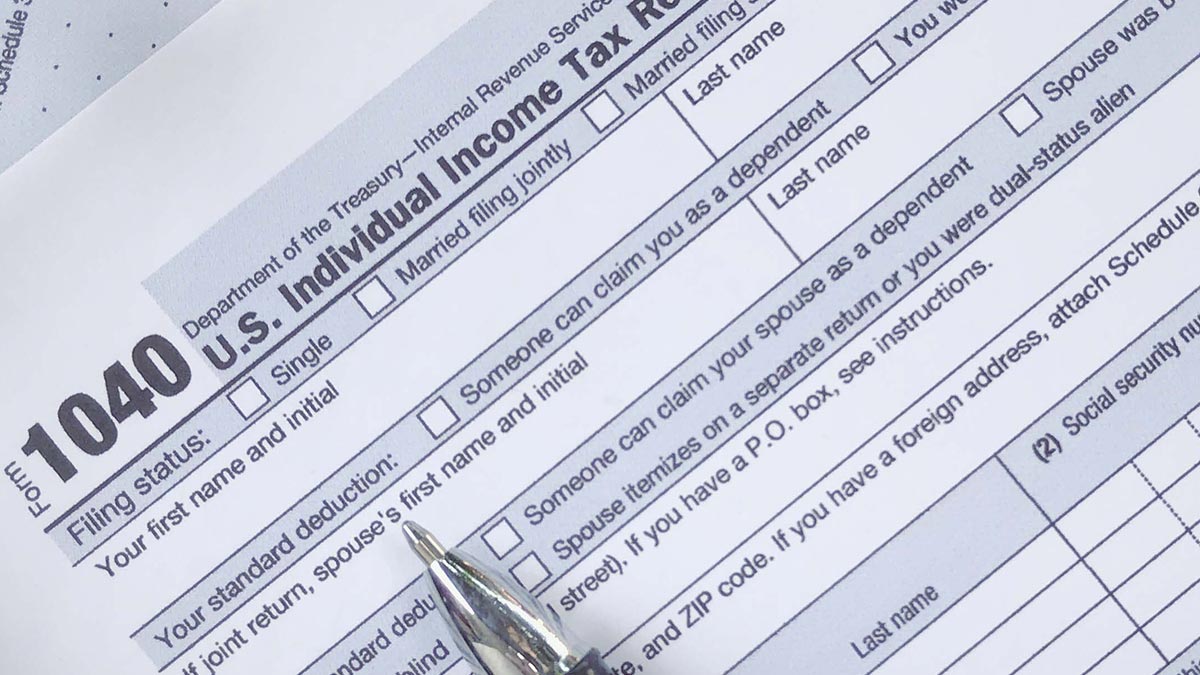5. Minimize capital gains tax on investments anytime throughout the year.
A capital gain refers to selling something for more than you spent on it, such as stocks. The federal government charges you for this profit with a capital gains tax.
There are several techniques you can use to reduce your tax burden on your investments. Consider discussing these options with your tax and financial professionals to determine which may be appropriate for your situation:
- Spread a sale over two years. If it’s practical for you, sell only a portion of your appreciated assets one year and the remainder the following year.
- Transfer appreciated assets to a charity. You’ll avoid the capital gains tax entirely and, in most cases, be able to claim a deduction for the fair market value of those assets.
- Take advantage of tax loss harvesting. Defer taxes by using your market losses to offset some of the gains your assets see over the course of the year.
- Invest your gains in Opportunity Zone funds. By shifting your money to qualified funds for disadvantaged communities, you may be able to defer or even reduce the tax you owe.
6. Think about “bunching” certain itemized deductions into a single year.
Certain expenses, such as the following, can be classified as “itemized” deductions:
- Deductible taxes
- Qualified mortgage interest, including points for buyers
- Casualty, disaster, and theft losses
- Investment interest on net investment income
- Medical and dental expenses
- Charitable contributions (note that you only get a tax deduction for the year in which you make the gift)
In order to itemize, your expenses in each category must be higher than a certain percentage of your adjusted gross income (AGI). However, “bunching” itemized deductions into a single year may help you reach that minimum threshold.
For example, let’s say you’d like to itemize your medical expenses. The threshold for itemizing medical expenses is 7.5% of your AGI. If your medical expenses total 5% of your AGI, it wouldn’t be beneficial to itemize. But, if you were able to delay 2.5% of your expenses to the following year, you’d be more likely to reach the minimum 7.5% AGI that next tax season, allowing you to itemize.
Grouping itemized deductions such as medical and dental procedures or charitable contributions (or any of the qualified itemized deductions you have more control of) can help put you over the standard deduction threshold and get the most out of itemizing your taxes.
7. Make the most of your gifting by December 31.
The annual exclusion gifting amount in 2024 is $18,000 for individuals and $36,000 for married couples filing jointly, per person. You can give up to $18,000 (or $36,000 if married) to as many individuals as you like every year without using any lifetime exemption. Gifts in excess of the annual exclusion amount will reduce your available lifetime estate tax exemption.
The lifetime estate tax exemption is the total amount you may gift during your lifetime (or may pass to non-spouse heirs at your death), free from federal estate taxes. The 2017 Tax Cuts and Jobs Act (TCJA) doubled the federal lifetime estate tax exemption, and with inflation, the exemption is now $13.61 million per individual and $27.22 million for married couples filing jointly in 2024.
However, the increased federal estate tax exemption amount was not permanent, and following a 2025 sunset, federal estate tax exemption amounts will return to approximately half of their current levels (adjusted for inflation).
If gifting is part of your wealth plan, be sure to discuss your options with your tax and financial professionals.



